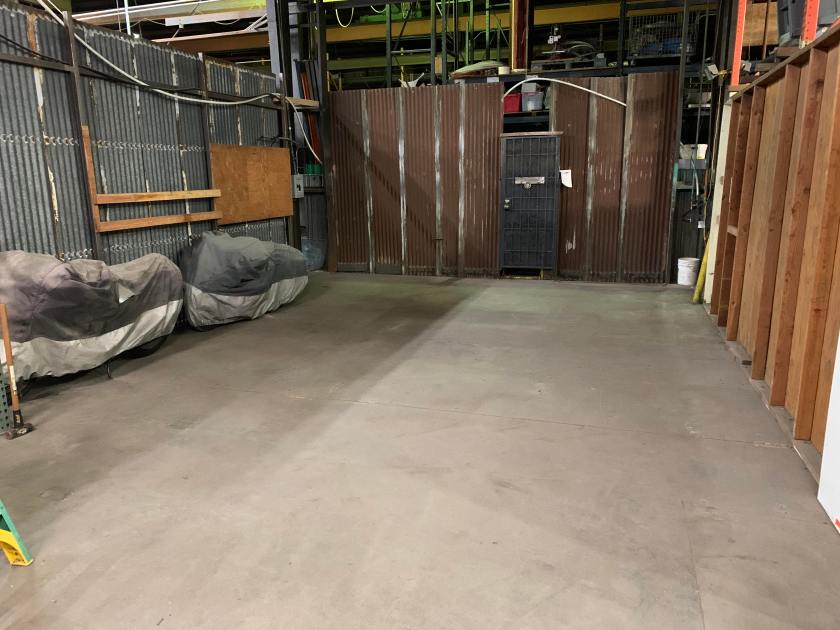[No longer needed!] Please help me render faster
Edit: After many months of leaving a couple of videos cards rendering full time (plus some help from some of you!) I now have more points than I will need for the foreseeable future. Thanks!!
I’m deep into the next video and I’m at the stage where I am doing the animation renders. These are very slow and can run for hours or days for several seconds of footage.
I’m using a free render farm service called Sheep It, which is a distributed render service where you run a client and render other people’s frames and gain points for doing so, then you can spend those points getting your renders done much faster later.
You can help by running a client but using my render key so I collect the points.
You can download the client here for Windows, Mac and Linux: https://www.sheepit-renderfarm.com/getstarted.php
When you launch the client use these credentials:
username: machinethinking
password: Nshg0797ql6VCsQ4v40mdlRX37wD10oi7zjTDhHj
The password isn’t exactly a password, but it will mean that credit you earn will go to me so I can speed up my renders. As a bonus, if I start rendering a job while your client is running, it will render just my frames which will make my render faster no matter where I am in the queue!
Even a few hours here and there will help, thanks!

